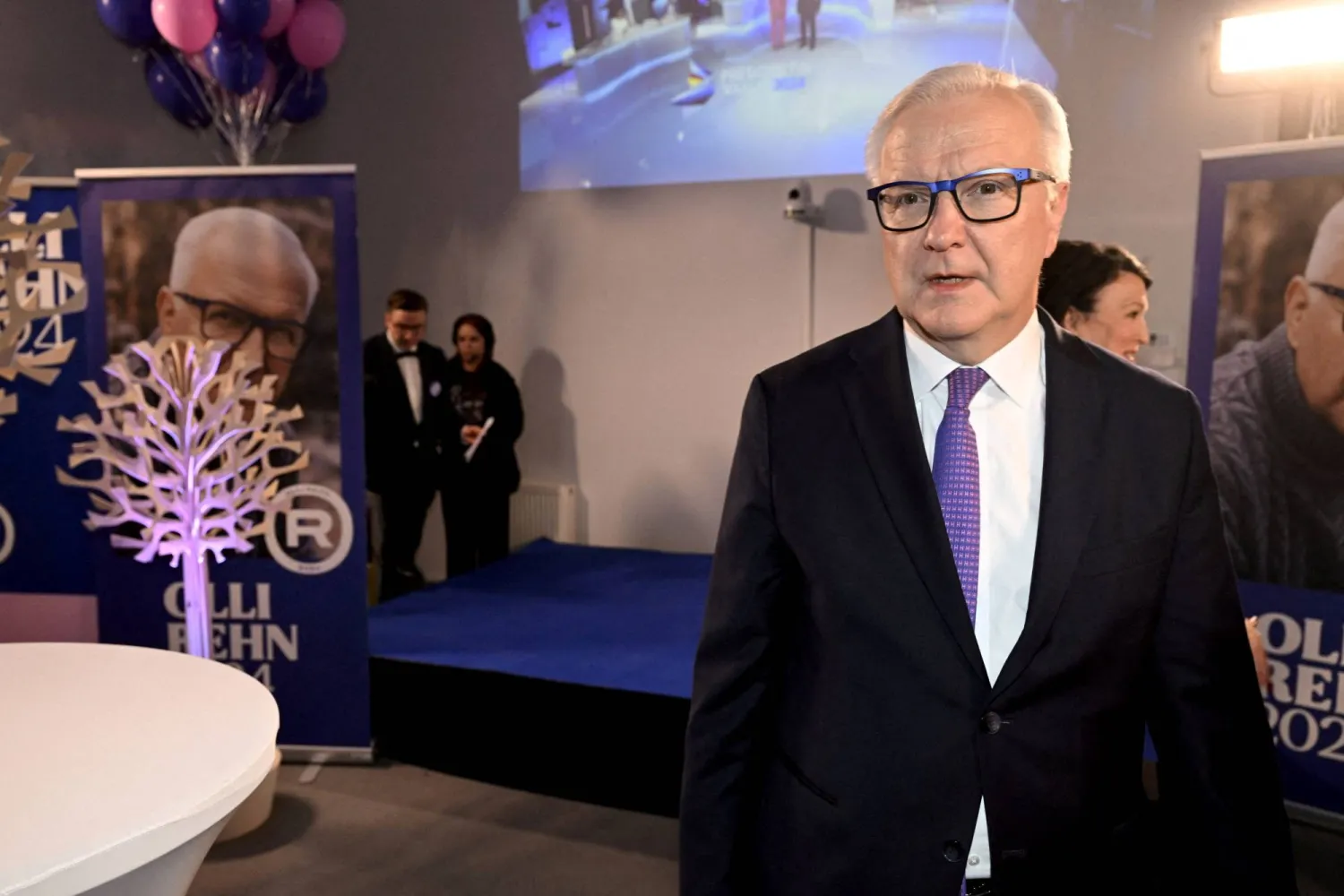Türkiye’s annual inflation rate surged to a higher-than-expected 58.94% in August, official data showed on Monday, rising for a second month after a steep fall in the lira currency and recent tax increases.
Month-on-month, consumer price inflation was 9.09%, easing slightly from 9.49% a month earlier. Price rises in transportation drove the monthly measure higher, while price increases for hotels, cafes and restaurants drove the annual measure.
Finance Minister Mehmet Simsek - who has spear-headed a summer policy U-turn meant to rein in prices - said the fight against inflation would take time and patience was needed in the transition period.
"We will do whatever is necessary (monetary tightening, credit policy and income policies) to bring inflation under control and then lower it," he said on the social media site X, formerly known as Twitter.
"We are absolutely determined to fight inflation."
In a Reuters poll, annual inflation was predicted to be 55.9% with monthly inflation seen at 7.0%. In July, the annual figure was 47.83%.
President Recep Tayyip Erdogan's aggressive policy of interest rate cuts set off a currency crisis in late 2021, and sent inflation soaring to a 24-year peak of 85.51% last October.
Since an election runoff in late May this year, the lira has shed 25% of its value as authorities loosened their grip on the exchange rate as part of Erdogan's U-turn toward more orthodox economic policies, including rate rises.
The currency slipped slightly after the price data to 26.78 versus the dollar by 0724 GMT.
The domestic producer price index was up 5.89% month-on-month in August for an annual rise of 49.41%, according to the data from the Turkish Statistical Institute.









